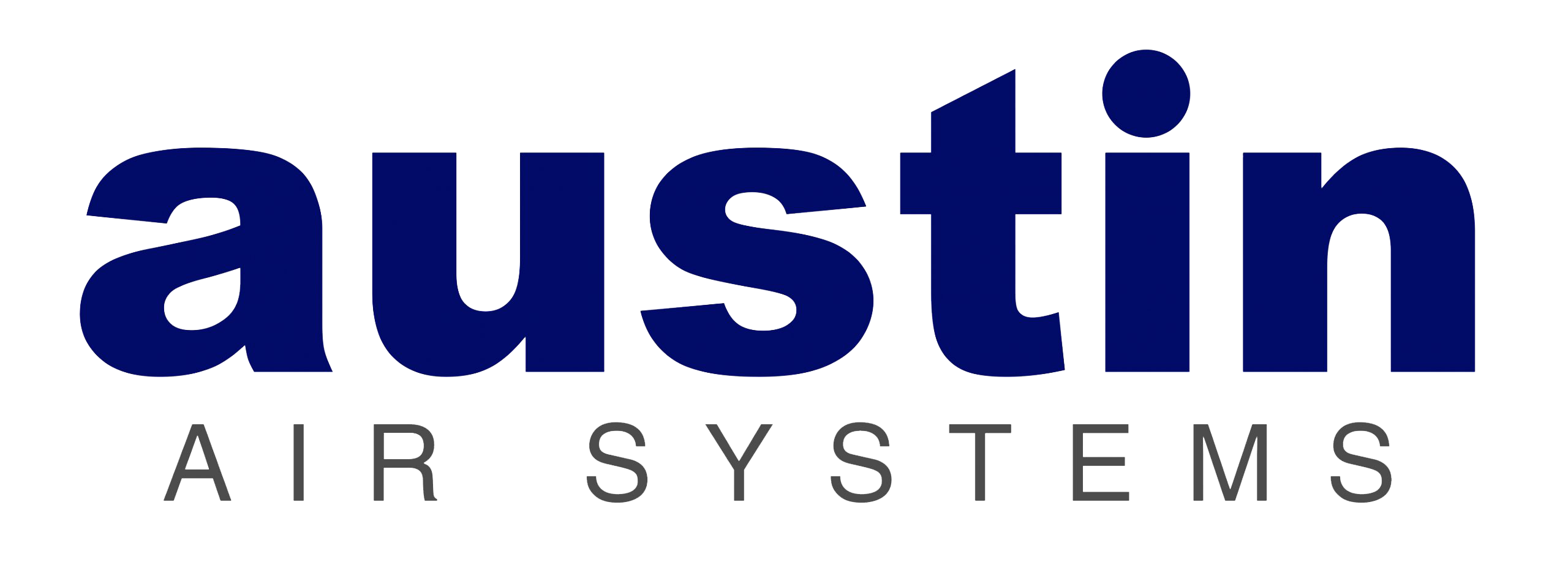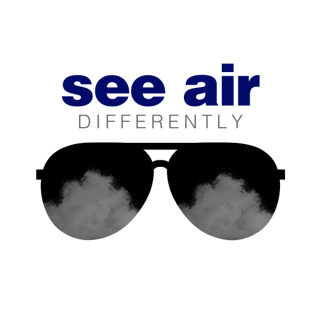1.) The Best Clinically Proven Air Purifier
Our air purifiers are clinically proven! We’ve partnered with Cincinnati Children’s Hospital, the American Academy of Pediatrics, Johns Hopkins University, and others to conduct clinical trials on our air purifiers. That means we can prove that our air purifiers provide cleaner air in the classroom. Who else can say that?
2.) The Most Eco-Friendly Air Purifier
Some air purifiers need frequent replacement filters which can increase a school's waste by tens of thousands of items! But when you purchase environmentally-friendly air purifiers from Austin, you will generate substantially less waste because our filters are designed to last five years. More filters means more waste. Fewer filters means less waste to pile up in landfills.
3.) Funding For Air Purifiers Is Available
Right now schools can get FREE air purifiers by using funds available through the American Rescue Plan Elementary and Secondary School Emergency Relief Fund (ESSER III-ARP). But these will expire September 30, 2024! Austin uses the HEPA/carbon technology recommended by the CDC, EPA, and WHO. We also offers a faster, easier solution to the bid process.
Why Clean Air in Classrooms is Necessary
Air purification is an investment in the health of students, as well as academic achievement!
Cognitive Impact of IAQ on Students
Researchers have found that young children exposed to particulate matter scored lower on IQ tests—losing as many as 2.63 IQ points on those exams for every two micrograms per cubic meter of pollution exposure.[1] Additionally, students in schools with poor IAQ tend to have lower attention, test scores, grades, and overall academic performance.[2] In fact, the benefits of running high-quality air purifiers is on par with reducing class size by 30%.[3]
Health Impact of IAQ on Students
Viral infections such as COVID-19, influenza, and RSV are common in schools with poor ventilation and can impact public health and education. Additionally, childhood asthma has been linked to exposure to indoor air pollution according to the Environmental Protection Agency (EPA).[4] What’s more, even short-term exposure to small particulate matter pollution has been found to increase psychiatric-related emergency room visits for kids.[5]
- Austin Air is the only clinically-proven air purifier.
- We use technology recommended by the CDC, WHO, and EPA.
- Our purifiers capture 99% of virus particles, including Covid-19.*
- Our filters last up to five years before they need to be replaced.
- We’ve outperformed more than 100 others in government tests.
- Ours are handcrafted in the U.S. (no supply chain issues).
- We offer a faster, easier solution to the bid process.
Teachers Speak Out About Austin Air in Classrooms!
The Best Type of Air Purifier,
According to the EPA
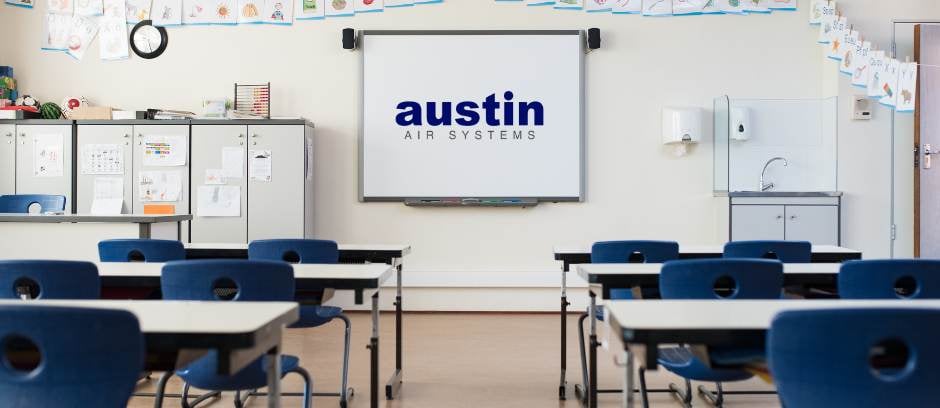
UVGI Won’t Do!
Ultraviolet germicidal irradiation (UVGI), is said to use UV lamps to kill or deactivate mold spores. But, according to the EPA, some bacterial and mold spores are resistant to UV radiation.” Not only that, UVGI machines are known to produce ozone, which is hazardous to human health.
ESPs and Ionizers Won’t Do!
ESPs and ionizers remove articles by an active electrostatic charging process that requires electricity to charge particles that become attracted to and adhere to oppositely charged plates or other indoor surfaces. Unfortunately, if they lose their electrical charge the particles can become airborne again.
PCO Won’t Do!
With photocatalytic oxidation (PCO), UV lamps are used to chemically transform pollutants. The problem is, according to and extensive EPA study, PCO air cleaners have been shown to generate ozone, formaldehyde, acetaldehyde, nitrogen dioxide, and carbon monoxide.
The "See Air Differently" School Assembly
"The adults are all complementing you guys for the assembly message. The content was extremely appropriate for our students and our community. I can’t thank you enough for what will be a once in a lifetime experience!"
-McCall Emerick, 6th grade science teacher at Acmetonia School in Chestwick, PA
Check out what teachers have to say!
I have noticed that there is less dust in the classroom, and I haven't been nearly as sick this year as I have been in the past.
-Emily (An Elementary School Teacher)
I would go through a lot of tissues in my classroom. A lot. The purifiers are in every classroom, and I notice I am going through less tissues this year.
-An Austin Air Teacher
Delivery was so fast and super easy. You took it out of the box, plugged it in, and then the purification started.
-Lori (An Austin Air Teacher)
Having the Austin Air purifier, the air is constantly circulating... Our air quality had improved to the point where I was not suffering from headaches.
-Mary (An Austin Air Teacher)
I've really enjoyed the Austin Air Systems. Over the summer in school, the air was super dry. Now with the purifiers, the air is cooler and more breathable.
-Lauren (An Austin Air Teacher)
Since I am immunocompromised, it makes me feel like I don't have to wear a mask all the time. That is something I can't say everywhere.
-Miss Rogust (An Austin Air Teacher)
About Austin Air Systems
Austin Air Systems is the original maker of high-end air filtration systems. Sold in more than 100 countries, we maintain the largest air cleaner manufacturing facility in the world, assembling everything in-house in Buffalo, New York. We use technology recommended by the EPA and are a preferred source vendor through our partnership with New York State Industries for the Disabled, Inc. (NYSID).
Austin Air is the ONLY air-cleaner company to partner with research organizations, such as Johns Hopkins University, to conduct clinical trials on our products. In government tests, Austin Air outperformed more than 100 other air purifiers. Because of this, FEMA and the American Red Cross chose Austin during some of America’s most challenging times, including 9-11, Hurricane Katrina, Hurricane Sandy, and the 2015 SoCal gas leak in California.
The Medical Grade HEPA used in all Austin Air filters has been independently certified to remove 99.97% of particles. Product tests on flow and vapor, gas, and sub-micron particle removal have been performed by Battelle Laboratories, one of the world’s most respected testing laboratories for the Army Corp of Engineers at the U.S. Army Aberdeen Test Center.
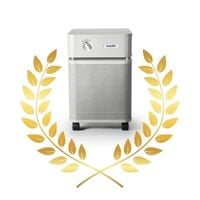
We were named a top infection control solution provider of 2022!
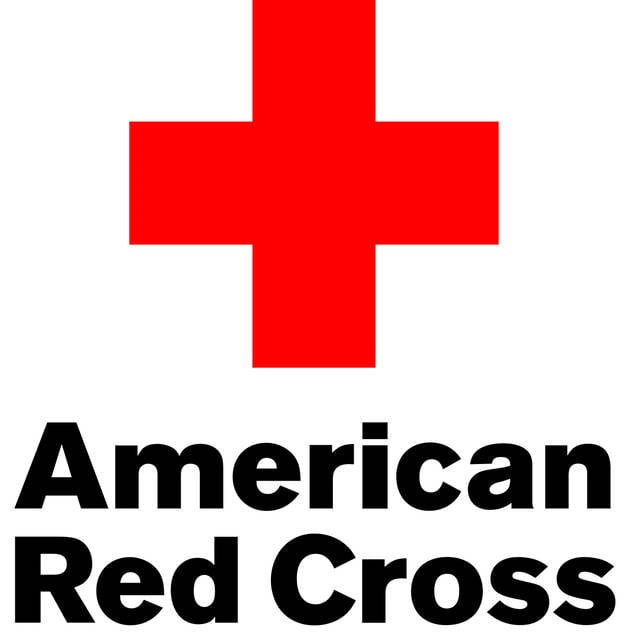
We have partnered with the American Red Cross across the U.S.
.jpg)
We are trusted by FEMA in various disaster situations across the U.S.
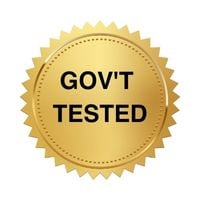
We have outperformed more than 100 others in government tests!
.jpg)
We are clinically proven by the nation's top research organizations.
What is Sick School Syndrome?
The Most Common Sources of Airborne Pollutants In Schools

1. CLASSROOMS
Classrooms have little or no ventilation, and so viruses and bacteria accumulate without a way to escape. Other airborne contaminants in the classroom include harmful chemicals and fumes from adhesives, paint, science experiments, and harsh cleaners.
2. FACULTY LOUNGE AREA
The faculty lounge, where teachers and staff spend time in close proximity, often eating without masks, means effective air filtration is a must.
3. LIBRARY & COMMON AREAS
Noxious fumes from printers and photocopiers, as well as dust, bacteria, and viruses, are common pollutants found in school libraries and common areas.
4. RESTROOMS
School restrooms are the perfect breeding ground for bacteria and odors. Effective air filtration helps remove odors and other airborne contaminants, creating a clean, safe space for students, teachers, and staff.
5. CAFETERIA
A busy cafeteria, where large groups of students and staff spend time together, eating without masks, can be a high-risk environment for the transmission of COVID-19 and other viruses. Other contaminants in the cafeteria include NO2 from gas appliances and chemicals and VOCs from cleaning products.
6. NURSE'S ROOM
Perhaps the most dangerous space in the school, without effective air filtration, is the nurse’s room. This is an extremely high-risk environment for viral and bacterial transmission.
7. POLLUTION FROM THE STREET
If your school is close to a busy road or the school parking lot, toxic emissions from the school bus and other vehicles can find their way indoors. Without effective air filtration, these chemicals and gases can have a serious impact on the health of students and staff.
